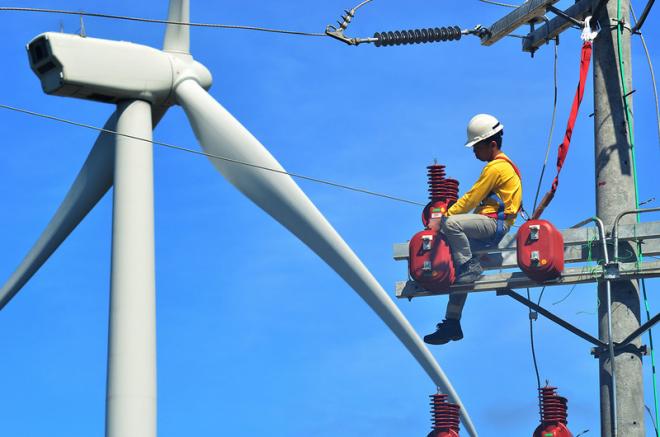
Time is running out for Asia and Pacific to be carbon-neutral by 2050, but it is possible to meet the target with the right policy reforms, innovative technologies, and better cooperation, said experts during the Asian Development Bank’s (ADB) Asia Clean Energy Forum (ACEF) 2021 held last month
“Now is the time for bold action,” said ADB President Masatsugu Asakawa in his welcome remarks at the forum. “We must commit wholeheartedly to fighting climate change and meeting the emission-reduction goals under the Paris Agreement, while ensuring universal energy access in a region where more than 200 million people still lack access to electricity.”
He said the Asia and the Pacific must take its place at the front lines of the global effort to be carbon-neutral.
The region accounts for 36% of global GDP and is responsible for around 80% of the world’s coal consumption, and up to 60% of CO2 emissions. But due to the warming climate, many countries have experienced the devastating consequences of climate change: floods, droughts, heat waves, and storms.
Reaching carbon neutrality will require major changes in the energy sector including avoiding fossil fuels, switching to low-carbon fuels, deploying more renewable energy, and improving energy efficiency among others, said Mr. Asakawa.
Decisive role
ADB Vice-President for Knowledge Management and Sustainable Development Bambang Susantono said the energy sector will play a decisive role in initiatives to reach carbon neutrality by 2050.
He noted the need to explore solutions based on existing technologies but also those emerging and potentially game-changing technology that can allow countries to more ambitiously address climate change, including carbon capture utilization and storage, hydrogen storage and charging stations, and using smart grid systems.
At the opening plenary’s panel discussion on “Net Zero Emissions by Mid-21st Century—Is it Possible for Asia and the Pacific?”, experts also agreed that international cooperation is vital to reach the targets.
Hongpeng Liu, director of the Energy Division of the United Nations Economic and Social Commission for Asia and the Pacific, said the net zero target by 2050 requires an unprecedented effort by all stakeholders from governments, the private sector, civil society, and multilateral development banks to transform the energy sector. He said stakeholders must also address these challenges, along with the Sustainable Development Goals.
He proposed the setup of a regional mechanism or alliance for net zero carbon development, with the private sector also involved. This can facilitate the sharing of experiences and access to clean energy research and technology, including new emerging technologies. “You really need to work together to identify what will be the best pathways—the best options.”
Magdalena Kouneva, director general of Vienna-based clean energy advocate Renewable Energy and Energy Efficiency Partnership, agreed meeting the target is doable and that regional cooperation is key. The organization develops innovative, efficient financing mechanisms to strengthen markets for clean energy services.
“It's just about finding the pathway to achieving such a policy agenda for the Asia-Pacific region,” she said, but also pointed out the region needs to move beyond policies to actual implementation of clean energy projects.
To do this, the region needs to strategically use limited public resources to mobilize private sector money to finance such projects, she said, noting that more than half of the investments in clean energy projects already come from the private sector.
Dearth of projects
One other challenge is the lack of bankable clean energy projects in the pipeline, said Kouneva, noting the need to help countries design and develop such projects.
Reihana Mohideen, principal advisor at the Nossal Institute for Global Health at the University of Melbourne, said the region needs to be more ambitious in reaching the net zero targets. “There is a certain window of opportunity and it won't last,” she said, noting it is imperative for the region to meet the targets, given Asia and the Pacific is home to some of the most vulnerable countries to climate change and also the biggest exporter of coal and gas.
She said the pathway to a carbon-neutral Asia Pacific should take into account vulnerable groups in the transition. “This question of addressing poverty, equity, gender equality, social inclusion is absolutely key in looking at pathways. Technology can solve a lot of problems, but it's people who matter.”
More than 3,000 delegates, including policy makers, energy and private sector professionals, and civil society organizations from around the world, joined the online event.
Under the theme “Accelerating the Low Carbon Transition in Asia and the Pacific,” the event explored technology road maps to achieve net-zero emissions and examined the impact of the pandemic on the region’s energy systems and how to foster a green recovery.

